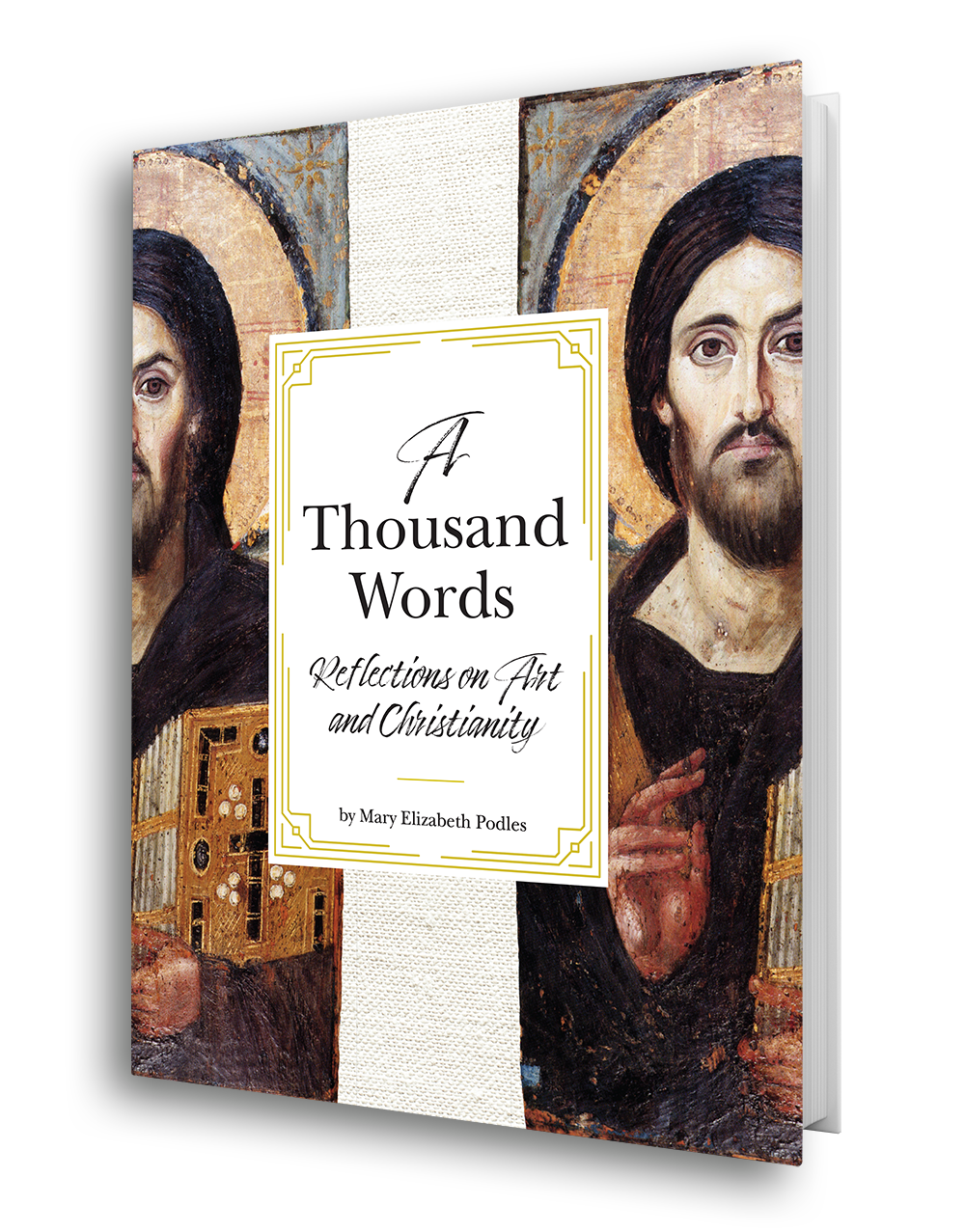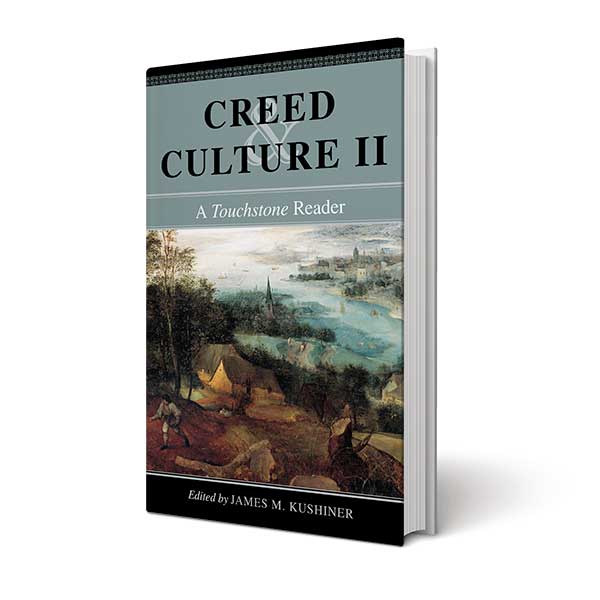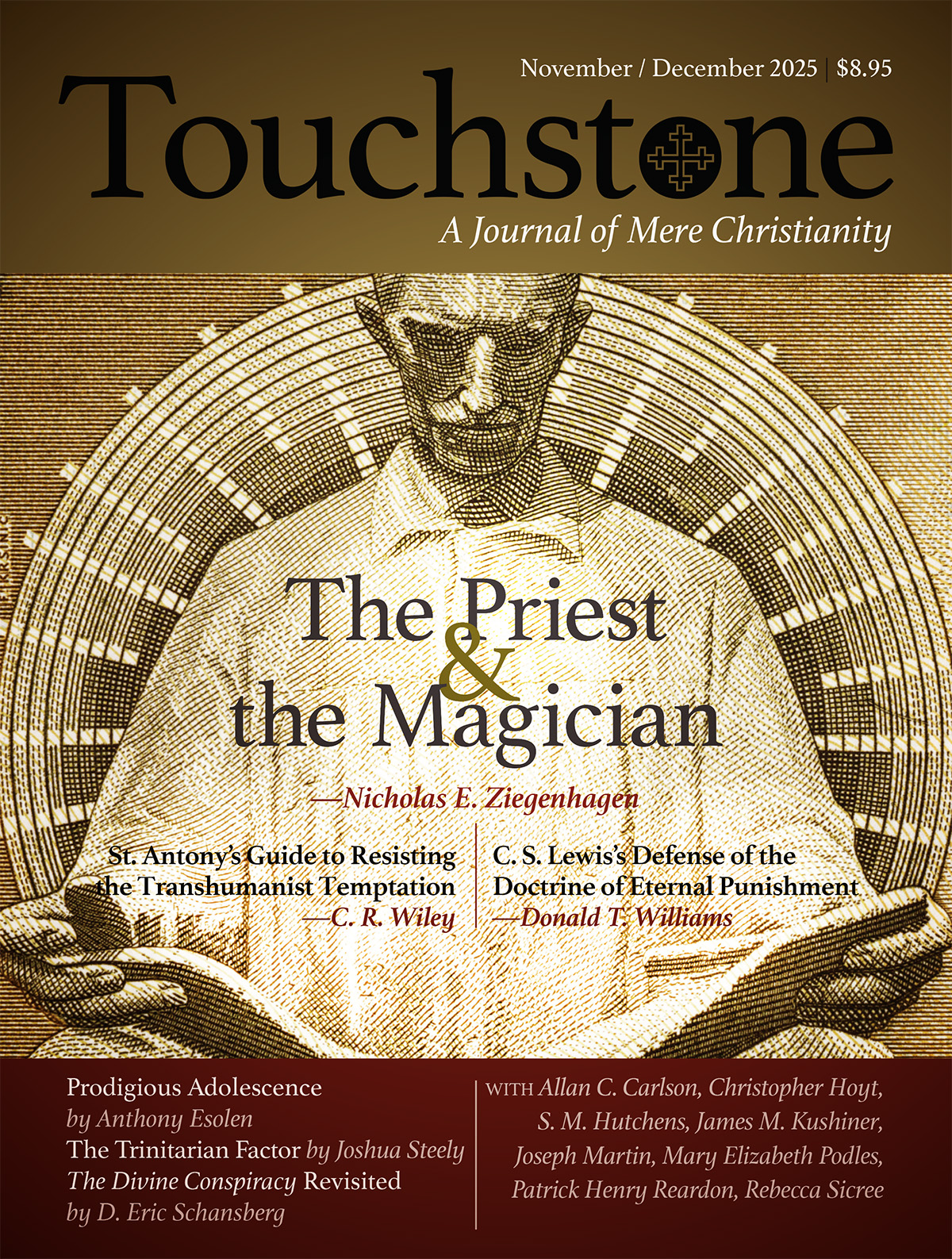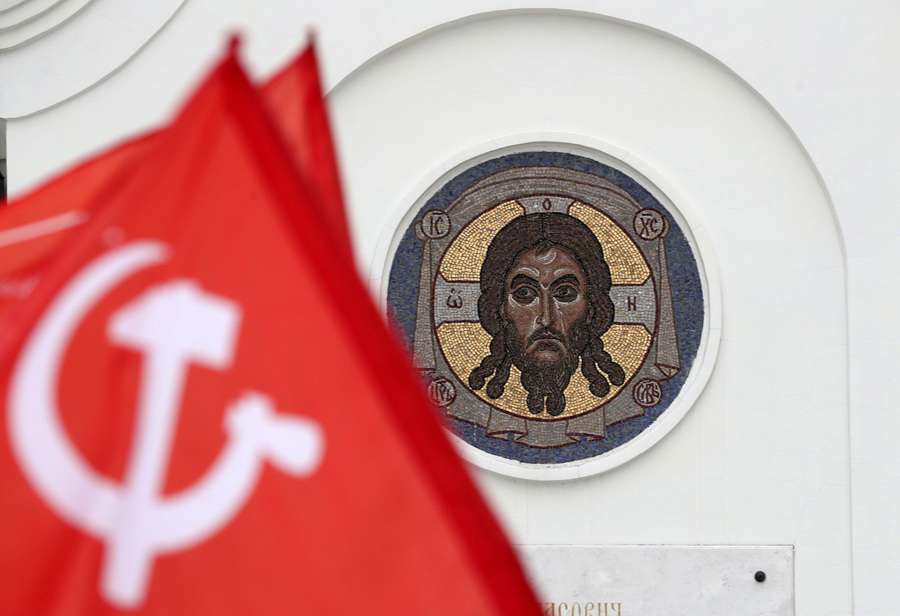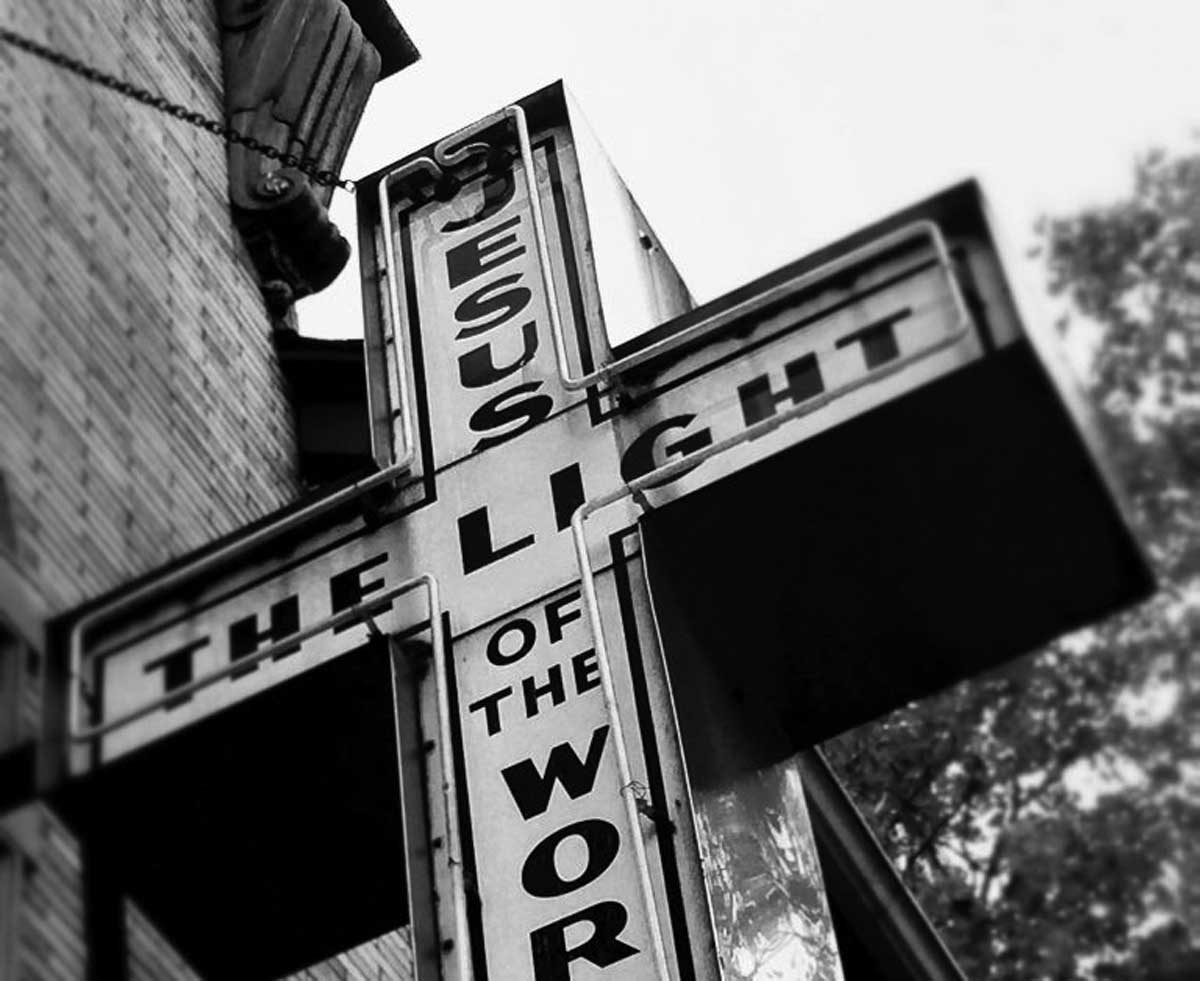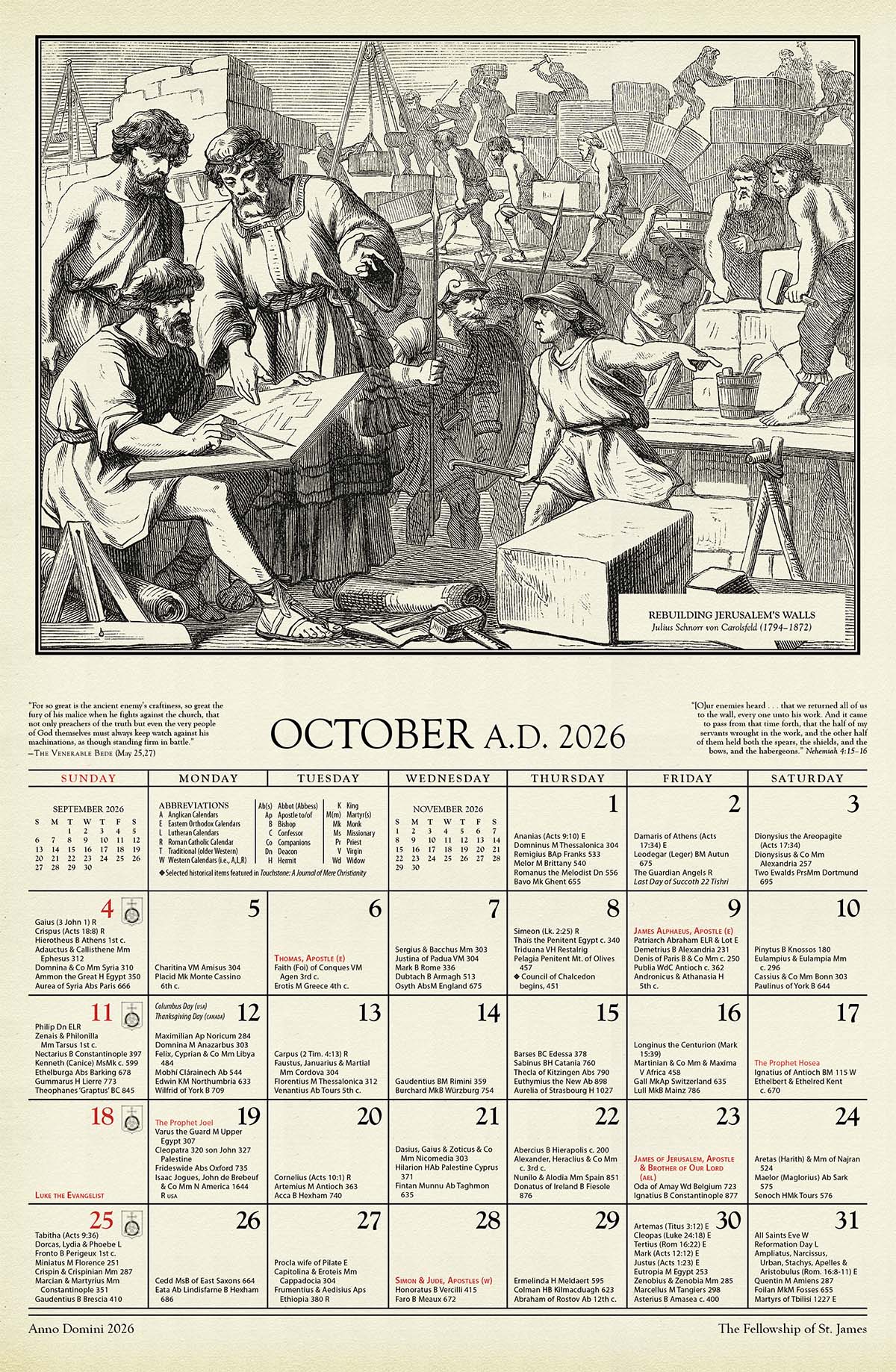The Riddles of God
There was graffiti on the bookmobile in our driveway. I was not bothered by the immobile bookmobile, which is basically a lawn ornament. (In rural Pennsylvania, this is not unusual). Nor was I bothered by the graffiti itself, which was just traced in the dust like the usual WASH ME. I was bothered because I couldn't read it.
This was because the graffiti was written in Norse runes—a dead giveaway that one of my own kids was the culprit. I knew it wasn’t Maria, because she would have used hieroglyphics, or Isabel, because she would have used the Zodiac code. So I tracked down Helena.
“It says, This way to the party,” she confessed, adding helpfully, “I wrote it in Dragonscript.”
I was not aware that dragons used Norse runes, nor that we had invited any to our family’s parties. But I had seen Norse runes around our house before. They usually appeared during parties and holidays, adorning birthday cakes or complicating directions for scavenger hunts. Some of my children obviously thought clues for scavenger hunts with rhymes and riddles in plain English were too boring and easy. They also thought gift exchanges among the twelve of us were too boring and easy if the gifts were stacked neatly in one room instead of, say, hidden all over our property.
So this is why our family ended up with scavenger hunts—runes, rhymes, riddles, and all—at Christmas. We did not, however, invent the custom.
While sermons and advice columns alike urge us to have simpler, less stressful holidays, there are whole countries that do just the opposite. They have far more elaborate Christmas rituals than Americans do. Scavenger hunts and nested gift boxes are only the beginning: they have convoluted practical jokes, customized gift packaging, riddles about gifts, sarcastic letters from Santa, and even odes to breakfast porridge.
Slime & Sarcastic Saints
I have to admire, for example, the effort the Dutch put into their gift exchanges on December 5, the eve of the feast of St. Nicholas, which they call pakjesavond, or “package night.” First, Sinterklaas himself, or his Moorish assistant, Zwarte Piet (“Black Pete”), delivers gifts to young children in person. That night there is a loud bang at the door, followed by a clatter as a hail of pepernoten cookies flies through the doorway, and a thump as a sack of gifts hits the floor. Before the children reach the door, the giver has vanished. So the children open their gifts, put out their shoes for a final treat from the saint, and go to bed.
This is when the fun starts for the rest of the household.
A month earlier, all the adults and older children had each drawn a name, the way Americans do for “Secret Santa” exchanges. They had each put together a carefully wrapped gift for this person, called a surprise (“sor-pree-sah” in Dutch), and composed a letter from St. Nicholas, called a Sinterklaasgedicht, or “St. Nicholas poem” to go with it. The letter has to rhyme. These letters are not like the ones American children receive from Santa. These are for adults. Sinterklaas does not tell you what gift he is giving you for being nice; he tells you how you’ve been naughty. Your letter can be anywhere from eight lines to several pages long, depending on how sad you have made poor Sint and how ambitious a poet you have ghost-writing for him.
And you have to read it out loud.
A Sinterklaasgedicht in English might read something like this:
Rebecca Sicree writes from Boalsburg, Pennsylvania. She and her family attend Our Lady of Victory Catholic Church in nearby State College. She and her husband Andrew have ten children, six of whom are now adults.
subscription options
Order
Print/Online Subscription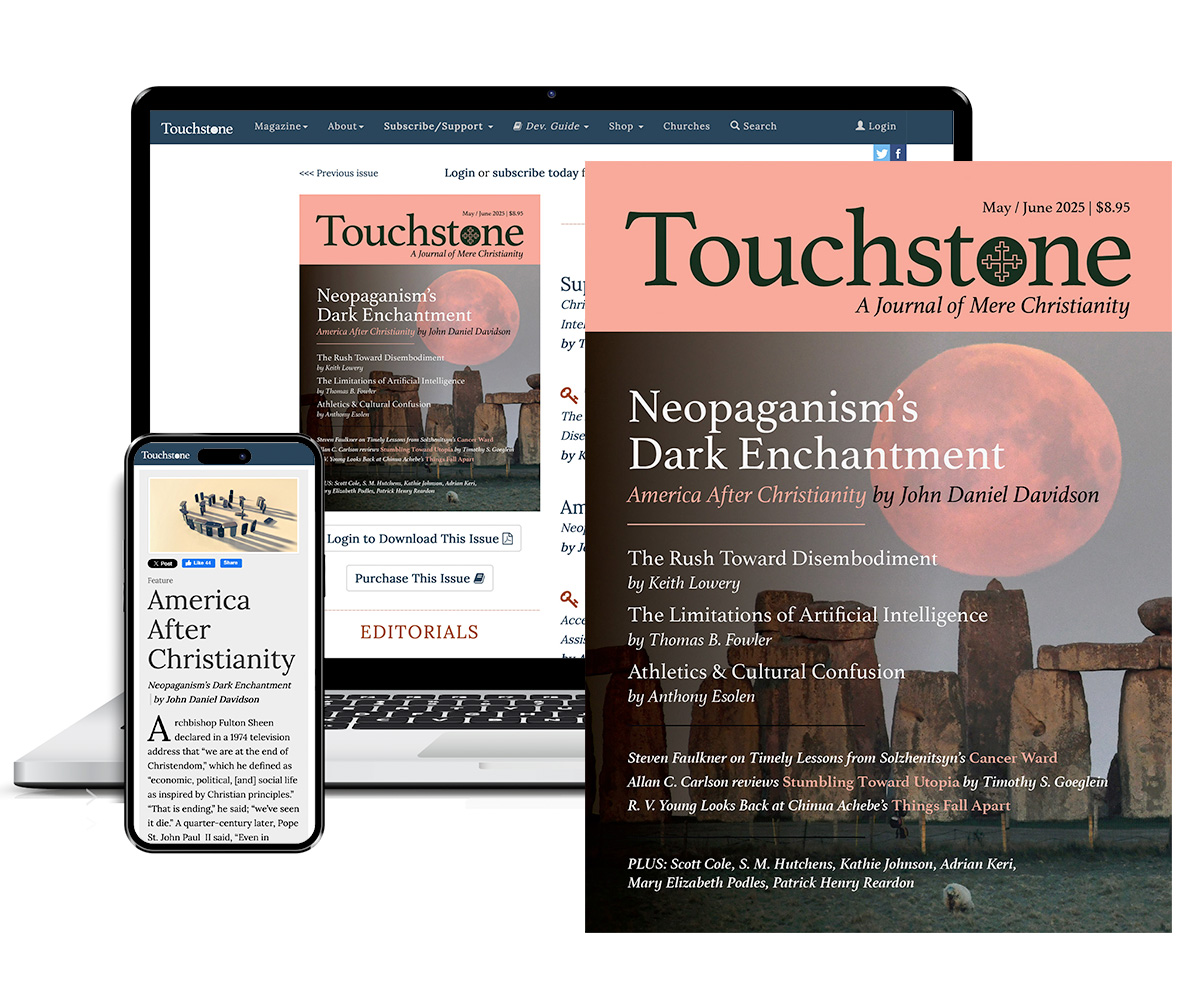
Get six issues (one year) of Touchstone PLUS full online access including pdf downloads for only $39.95. That's only $3.34 per month!
Order
Online Only
Subscription
Get a one-year full-access subscription to the Touchstone online archives for only $19.95. That's only $1.66 per month!
bulk subscriptions
Order Touchstone subscriptions in bulk and save $10 per sub! Each subscription includes 6 issues of Touchstone plus full online access to touchstonemag.com—including archives, videos, and pdf downloads of recent issues for only $29.95 each! Great for churches or study groups.
Transactions will be processed on a secure server.
more from the online archives
calling all readers
Please Donate
"There are magazines worth reading but few worth saving . . . Touchstone is just such a magazine."
—Alice von Hildebrand"Here we do not concede one square millimeter of territory to falsehood, folly, contemporary sentimentality, or fashion. We speak the truth, and let God be our judge. . . . Touchstone is the one committedly Christian conservative journal."
Support Touchstone
—Anthony Esolen, Touchstone senior editor



